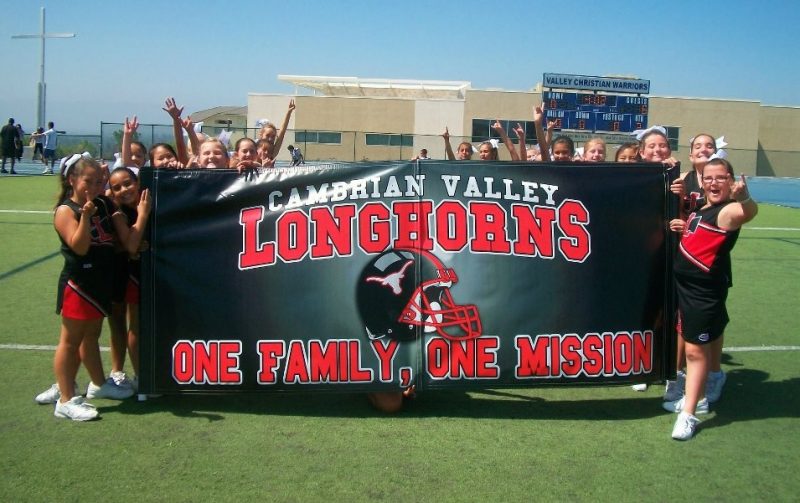How To Make A Sports Banner
There are different types of banners that you may want to use, and it is important that you know exactly for which purpose and which type of banner you would like to have for your specific purpose. There are advertising banners that are usually fabricated for commercial use and uses ultra-wide format printers to transfer or print designs on one of the various types of vinyl or fabric materials. Solvent inks and or ultraviolet-curable inks are used to transfer the design on the vinyl or fabric.
Sports banners, on the other hand, are used by sports teams and their fans. Team banners normally contain the team’s logo, names or nicknames of the team players, as well as the motto or the slogan of the team. Banners on individual competitions may show a picture or drawing of the player. Sports banners may also be used to honor well-known players or hall-of-fame athletes, commemorate past championships, celebrate a recent winning, and also show support for a local or favored team. These types of banners are usually hung from rafters in stadiums. You may also see them where they can easily be seen and appreciated by a huge volume of travelers and onlookers.
Materials Used for the Banner
As there are many types of banners that may be made available for use during specific occasions, there are also a variety of materials that may be used to make any of these banners. The choice will depend on the type of design, the ink, as well as the budget that you may have for such a banner.
Banners come in every size and shape imaginable and the choice of material will depend on the factors mentioned. You will also need to consider where the banner will be placed. Think about how long you will need the banner in its place. Will there be a need to transfer the banner to several locations? Think of the installation as well.
The different materials available for banner-making will help you decide which to use for your specific purpose.
Poly Banners
Poly banners are a cheap alternative that can be use once. You may have a great graphics on it, but the material is not designed to be used outdoors or for an extended period of time.
Mesh Banners
Mesh banners are printed digitally using full colors on 10-ounce vinyl. This banner material has criss-crossed fibers that allow air and sound to pass through, which make them the perfect choice for outdoor events. These tiny holes serve both as an aesthetic alternative to wind slits in vinyl banners and as a feature that makes the banner resistant to the wind. This intuitive design does not affect the quality of the printed graphics as well.
Large banners can be made using this banner material. They are usually finished with heat welded hems and grommets and can also be reinforced with pole pockets for additional security.
Vinyl Banners
Vinyl is considered the most versatile of these banner materials. This banner material provides an extremely durable, lightweight, and easy to install finish that can be used both indoors and out. Installation will require grommet holes every two to four feet around the perimeter of the banner. This allows the banner to be hung anywhere using anything from bungees to Velcro. Vinyl is an economical and durable banner material that you can use a bit longer and will be able to endure wear and tear.
Fabric Banners
Fabric banners are used for indoors. They do have a higher quality finish compared to most vinyl banners. Printing is done by direct dye sublimation, which means that the ink goes through the fabric. This process makes the colors appear more vibrant on the banner. Both soft fabrics and satin fabrics are used for this purpose.
Canvas Banners
Canvas banners may have a heavier feel, but they are designed for indoor use only since they won’t stand up to the elements. These banners are usually used for high-end backdrops. They are finished with sewn hems and grommets or pole pockets.
Knowing the types of banners as well as the materials used can help you a lot when deciding the kind of banner that you want to have for a sports activity. But you can always consult either an online or a local vendor for ideas on how to best represent the design that you have in mind.